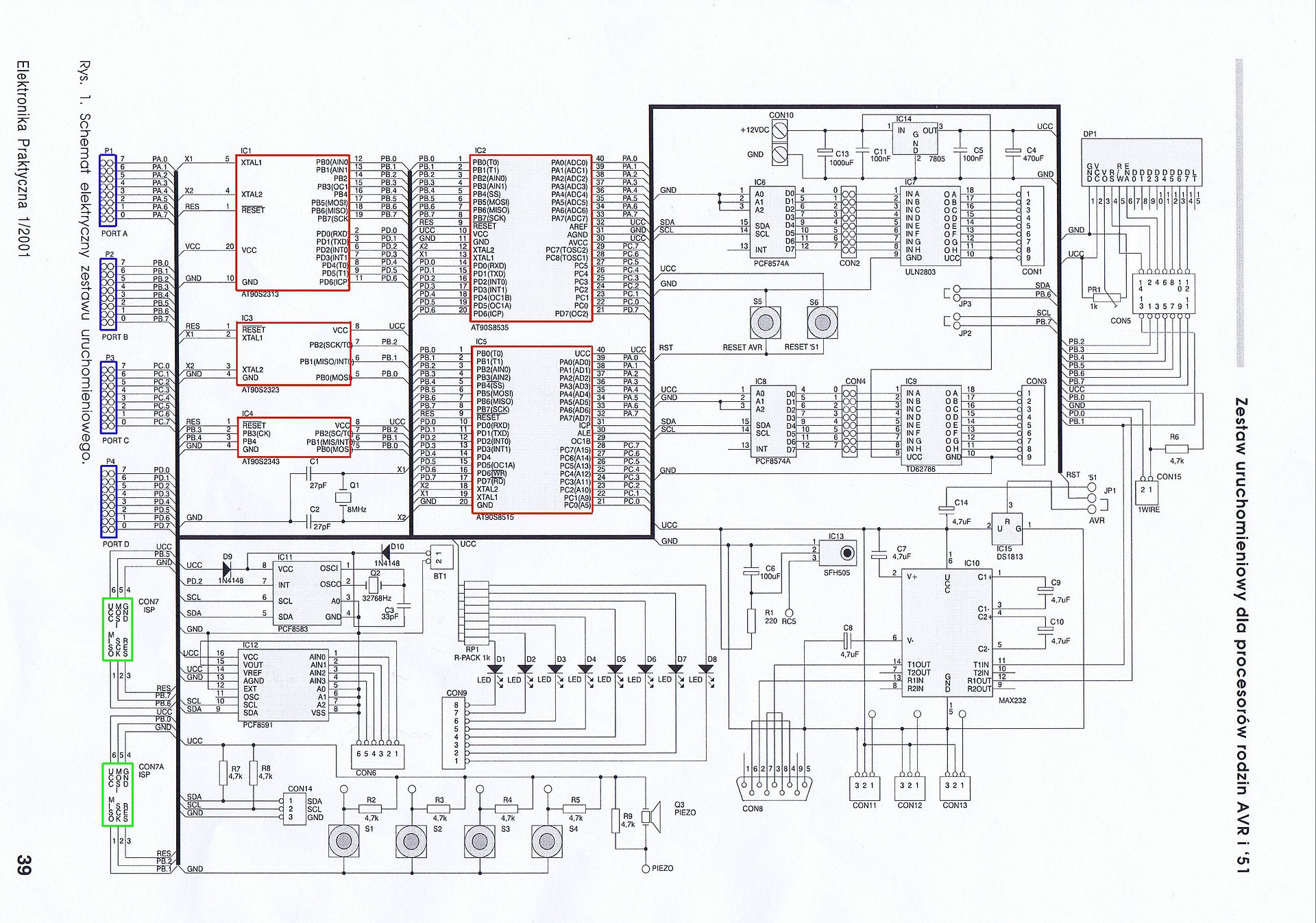
The Field Mill Voltmeter - Calibration Contd.
The basic arrangement for calibrating the fieldmill voltmeter is shown below. Two conductive metal plates form the parallel plates of a capacitor. The separation of the plates (d) is adjustable and each plate is connected to one side of a known stable d.c. voltage source (V). One plate has a hole cut centrally into it such that the fieldmill voltmeter is a close fit and the external earthed housing makes good electrical contact with the capacitor plate. When positioned correctly, the rotary vane of the fieldmill voltmeter will be positioned almost flush with the surface of the capacitor plate. The dimensions of the capacitor plates should be large in comparison to the diameter of the fieldmill voltmeter to prevent 'field fringing' effects at the edge of the plates from distorting the linear field impinging on the fieldmill voltmeter. The width and length of the plates should be something like 10 times the diameter of the fieldmill voltmeter.

The Calibration Capacitor. On the left can be seen a photo of the calibration capacitor as constructed in order to calibrate my Field Mill Voltmeter. Each plate of the capacitor is approximately 600mm x 600mm x 25mm thick and is made from foil covered foam insulating board. The cut edges have been covered with aluminium adhesive tape in order to protect the foam and also to electrically connect the upper and lower foil faces of each plate together. In the centre of the upper plate a cicular hole was cut such that the body of the Field Mill Voltmeter was a close fit.
The cut edges of the circular hole were also covered with aluminium tape. The Field Mill Voltmeter was then a snug fit into the hole. The outer screening can of the Field Mill Voltmeter body must be in good electrical contact with the upper plate of the calibration capacitor. The Field Mill rotorary vane should be positioned flush with the lower surface of the top capacitor plate. The upper capacitor plate was then spaced off from the lower plate using suitable thicknesses of insulating material. In the photos here. plate separation, 'd' was set at 50mm by using a sandwich of two pieces of polystyrene foam. A voltage 'V' was then applied across the two plates of the calibration capacitor to create an undistorted, linear voltage gradient with which to calibrate the Field Mill Voltmeter.

On the left is the complete calibration set up. On the right hand side is the calibration capacitor with 50mm spacing. The Field Mill Voltmeter can be seen mounted in the centre of the top capacitor plate. On the left hand side, the oscilloscope is monitoring the a.c. output to ensure saturation doesn't occur and the high voltage power supply at the top provides the dc voltage source to the calibration capacitor.
In the centre the DVM is measuring the voltage across the capacitor plates, and the meter on top of the oscilloscope is displaying the dc output from the Field Mill Voltmeter. By setting voltage 'V' to a suitable value and knowing the separation 'd', a known field intensity is applied between the capacitor plates. The calibration potentiometer (on the amplifier pcb of the Field Mill Voltmeter) is then adjusted for a meaningful reading on the output meter. Care must be taken during the calibration process, as with a voltage gradient of 10kV/m between the plates, a voltage of 500 volts dc is applied to the plates.
The photo below shows the a.c. voltage waveform from the front end amplifiers of the Field Mill Voltmeter.
From the oscilloscope display, the semi - sinusoidal form of the waveform is apparent. The cursors are set to measure the frequency of the output waveform (66 Hz). The cycle shown is the result of one half of a revolution of the rotor. Thus the rotor is turning at 33 Hz or 1980 RPM.



